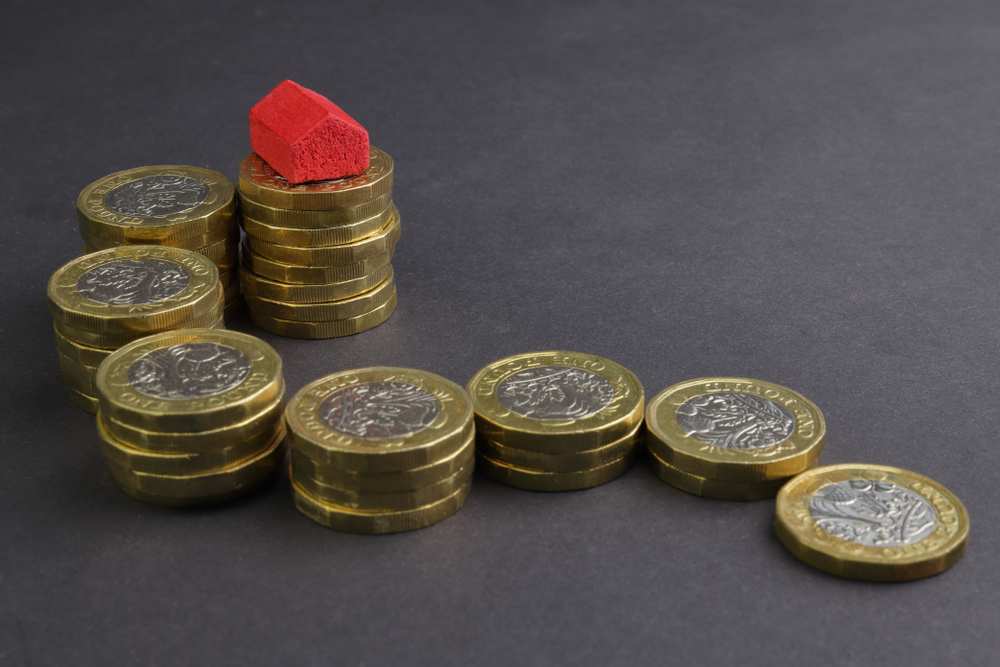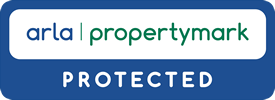The Covid-19 pandemic has brought much of the country, including the property market to a halt in recent months, affecting potential buyers and sellers nationwide.
In this blog, we are going to take a look at some of the different ways the pandemic could affect your situation with regards to stamp duty land tax (SDLT).
SDLT surcharge extension
In March 2016, legislation was introduced which meant that if you bought a new home without selling your current home would make you liable to pay a higher rate of SDLT through a 3 per cent surcharge that had the potential to be reclaimed if the ‘main residence’ is sold within three years.
The market standstill left it almost impossible for anyone to finalise transactions and as a result, the Government have extended the three-year deadline for anyone affected provided that you can show evidence you were prevented from selling the property due to exceptional circumstances out of your control.
First-time buyers ready to fly the nest
Lockdown is expected to lead to a surge in first-time buyers, with plenty of people looking to get their own space after a long lockdown cooped up with their parents.
First-time buyers benefit from SDLT relief of on properties costing up to £500,000 and The Royal Institute of Chartered Surveyors (RICS) is leading calls for the Government to introduce an SDLT payment holiday which would benefit those looking to purchase a more expensive property.
An SDLT payment holiday?
With the long term prospects for the property market and wider UK economy remaining uncertain, there have been calls for the Government to go one step further than relaxing the rules around the higher rate and instead, introduce an ‘SDLT holiday’ as a way to encourage transactions and support the recovery of the economy.
The desire for a home in the sticks
The lockdown has left many people reviewing their current situation.
It is expected that more people will be encouraged to work from home on a more permanent basis, with some companies choosing not to re-open offices. This could potentially start a wave of moves to the countryside.
As a result, we may well see an increase in demand for a rural second home as an option to provide a more harmonic living and working space. Of course, these second homes will qualify for the 3 per cent SLDT surcharge unless there is a permanent relocation.
If you’re considering a move or want to find out more about SDLT, then contact one of our experts today for an in-depth discussion.










